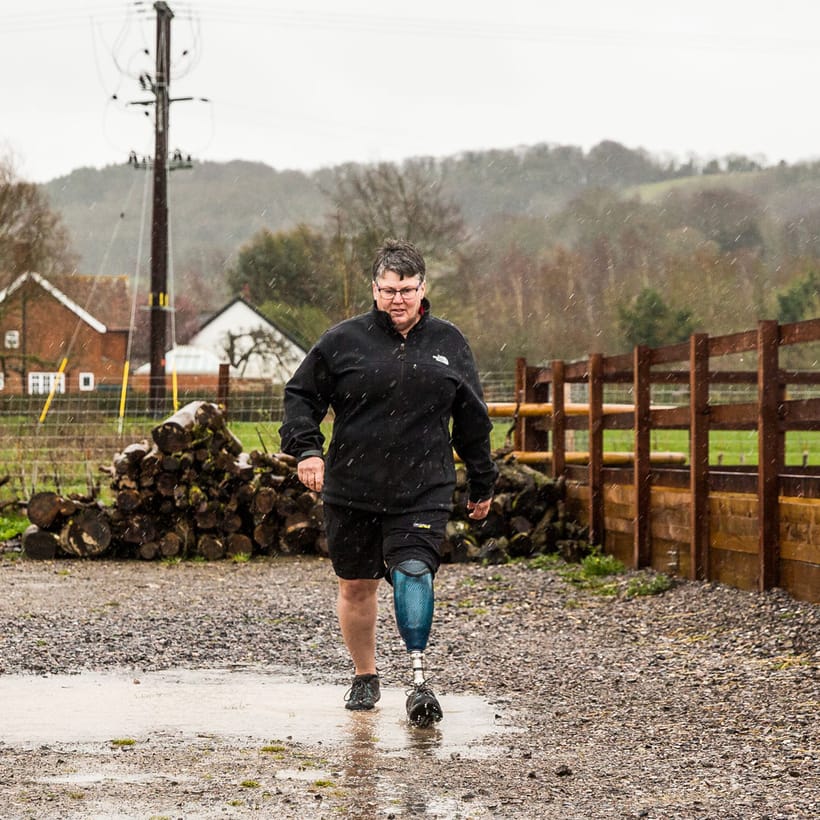Understanding the latest Medicare Policy guidelines
Posted on Monday, January 1, 0001
Enhancing care for K2 amputees:
Understanding the latest Medicare Policy guidelines
 Mike Magee
Mike Magee
Global Education Manager & Senior Prosthetist
On July 18th, the DME MACs published an updated version of the Lower Limb Prostheses LCD and the accompanying Policy Article that will become active on September 1, 2024. This comes after a long process that included releasing proposed changes to the LCD in January and a public comment period that ended on March 2nd. In this post, we'll cover the changes and explain their relevance.
The landscape of prosthetic care is evolving, and recent updates to the guidelines are set to impact how we support K2 amputees significantly. Traditionally, these patients with limited mobility face challenges with more demanding activities and have restricted access to advanced prosthetic knees. However, the new policy expands the possibilities, allowing K2 amputees to qualify for more sophisticated prosthetic solutions, including hydraulic, pneumatic, and microprocessor-controlled knees.
What’s Changing?
The updated guidelines mean that K2 amputees can now be considered for advanced knee systems previously reserved for those with higher mobility levels. These knees offer enhanced stability, support, and overall functionality, which can be crucial in improving a patient’s quality of life.
A comprehensive clinical evaluation is required to qualify for these advanced prosthetic knees. This evaluation must determine the patient’s functional level, and the resulting medical documentation needs to justify why an advanced knee is the best option. The justification should include evidence of how the chosen knee will improve functional health outcomes, such as reducing the risk of falls, preventing injuries, or lowering the energy required for daily activities. Additionally, it’s essential to demonstrate that the less advanced knee options have been considered and ruled out based on the patient’s specific needs.
Criteria for Microprocessor-Controlled Knees
Additional criteria must be met for patients being considered for microprocessor-controlled knees. These knees, known for their advanced technology, must be appropriate for K2 users. They should include features like stumble recovery, which helps stabilise the knee in the event of a trip. Furthermore, the patient must be capable of managing the knee’s daily requirements, such as charging the device and responding to error alerts.
Impact on Daily Activities
Introducing these advanced knee systems can significantly improve daily life for K2 amputees. Patients may experience better support while standing, greater ease when navigating ramps or stairs, and an overall increase in confidence and independence. For instance, the Orion3 knee is designed to detect and adjust to irregular steps, providing an extra layer of safety and security for the user. The Orion3’s standing support feature can provide additional support to help patients during their daily activities.
What This Means for Providers
For prosthetists, this updated policy can offer new opportunities to tailor prosthetic solutions to the individual needs of K2 patients. However, ensuring that all documentation is thorough and specific is essential. This includes explaining why an advanced knee is necessary and detailing its benefits to the patient’s needs. The rationale for excluding less advanced knee options must also be meticulously documented.
Staying informed and adapting to these changes will be crucial in delivering the best possible care as we move forward. At Blatchford, we are committed to ensuring our patients can access the most appropriate and effective prosthetic solutions.
More articles
-

Vidscrip offers a visual way to connect remotely with your prosthetist
PROSTHETICS PROSTHETISTPosted on Friday, April 12, 2024 , in Prosthetics
-

How the combination of hydraulics, microprocessors, and waterproof materials create more choices for amputees
HYDRAULICS MICROPROCESSORS WATERPROOF AMPUTEEPosted on Friday, April 12, 2024 , in Prosthetics
-

The future of prosthetics has a clear starting point
PROSTHETICSPosted on Friday, April 12, 2024 , in Prosthetics
